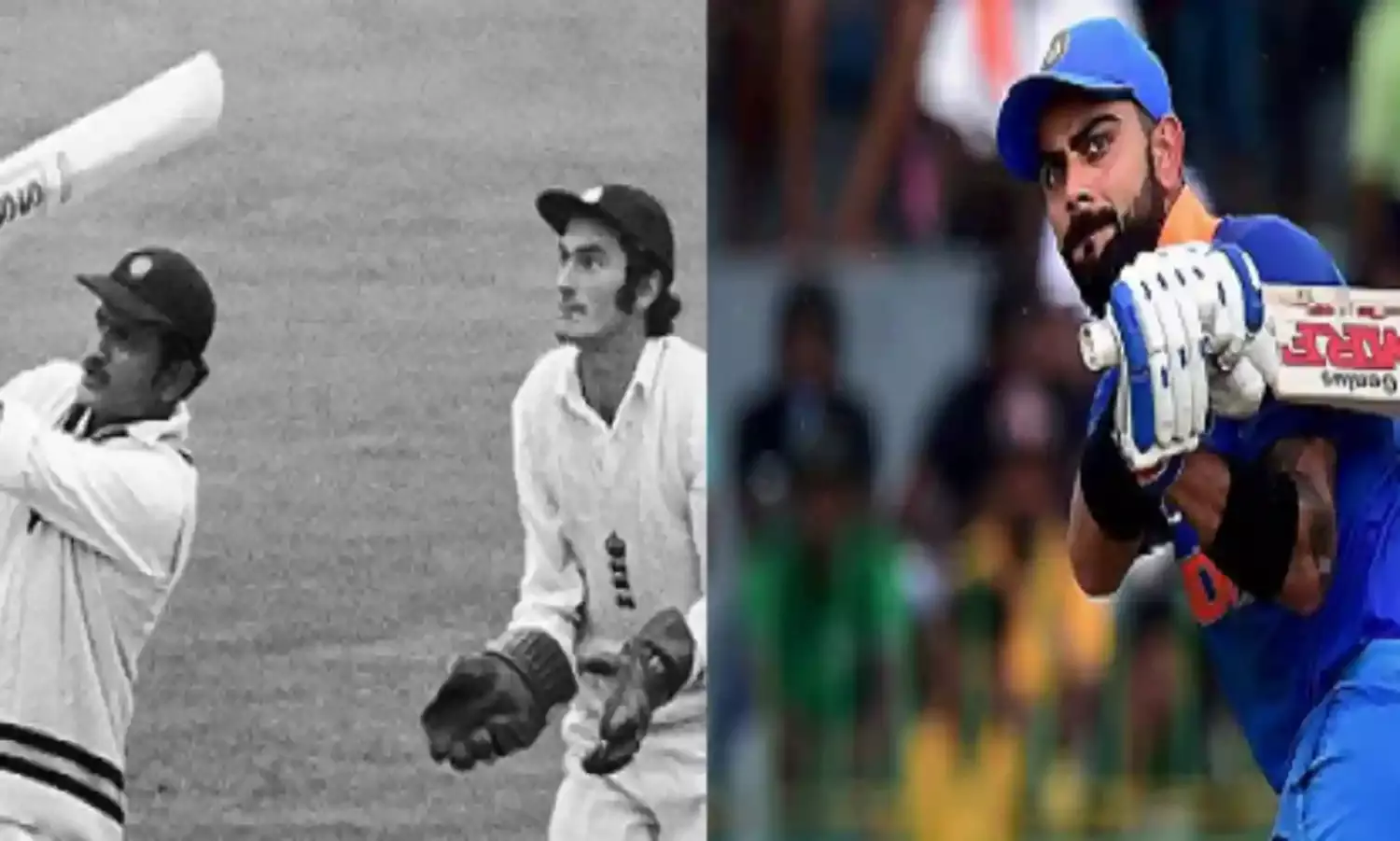The Return of Indian Cricket
Things can only get better
Change is fundamental to existence, yet despite knowing this most people show some sort of resistance to it. Be it individuals, organisations, players or teams, there’s often scepticism when some form of change is introduced into an otherwise predictable system of living.
So, how has Indian cricket changed?
The 'un-English' game, which came into existence long ago, really captured Indians’ attention only around 1970-71, when the national team under Ajit Wadekar's captaincy managed to upstage two rock-solid sides, the West Indies and England, on their home soil.
Can we say that this stint in 1970-71 brought a ‘revolution’ in Indian cricket? Well, broadly speaking the Indian team has gone through four phases which redefined the art of this game.
The Tour of the 1840s
Playing cricket against the colonial masters in the 1840s, and defeating them, the Sepoys or sipahis successfully foiled ‘English superiority’. They got into the sport more in the spirit of crossing swords than any actual liking for the game. But sooner or later the Sepoys must have started enjoying cricket as they took it up professionally.
After this, there are few fond memories until the golden stint of 1970-71. This two-year span not only brought victory overseas but also instilled the belief in people that this too was possible. Wadekar’s team played with set plans and eventually helped the nation to take the victory road.
Even after five long decades, in which Indian cricket has seen many ups and downs, these two tours remain fresh in most every fan’s memory. The victories reflected the team’s fortitude and hunger for the win, and this idea of getting better than before has only grown with every passing year.
Paradigm Shift
Ardent cricket enthusiasts will agree that the game isn't the same as it was two-three decades back. Those who played a few decades ago may shake their heads at the idea of playing a Test match under lights: in Adelaide: with a pink ball. On the other hand, it has become quite common and well regarded to have a head coach from another country, which wasn't the practice at all before John Wright took charge in 2000.
The team management appointed even physiotherapists and trainers from outside India. The fundamental concept and importance of a support group went up. A team which was run by the captain alone now had a background touch to it, with the experience of the support staff coming into play.
Further, selection these days is inclined not only towards skill and technique but is also about 'who wants it more'. The Board of Control for Cricket in India (BCCI) has made it mandatory for every cricketer to pass the 'yo-yo' test before being allowed into the mix. It could be said that while the aim of the game has always been to get better, the way it is officiated has all changed.
Broadcasters
A good radio giving out day-old news used to be the center of attraction in every home, as family members tracked the ups and downs of Indian cricket across the globe. Then, commentary on the radio turned into live streaming on television and the internet, which in simpler terms is equal to unimaginable.
Back then, Doordarshan was the only channel broadcasting Indian games. But over the years, as audiences grew and broadcasting became more lucrative, many production houses threw their hats into the ring to grab broadcaster rights.
In a span of just 20 years, the cost per match has gone up from 5 lakh to 40 crores; this is nothing short of a revolution. It wouldn't be wrong to say that the BCCI too has evolved over the years as an organisation, although it remains mired in corruption allegations, and a lot of credit for the rise in revenues should go to the franchise-based T20 league known as the Indian Premier League, or IPL.
Endorsements
It’s no surprise that Indian cricketers who are performing consistently well also endorse top brands in the market. The brands strive to rope them in for grand-scale product endorsements and huge mass reach.
The likes of Virat Kohli, M.S. Dhoni, Rohit Sharma and Yuvraj Singh have done well in this scheme of things, largely because of their performance and popularity. Whereas years ago, even great cricketers like Sunil Gavaskar or Kapil Dev would get an advertisement or two at most, and sometimes none.
This growth in money terms is one of many reasons why people are so attracted to the game. Knowing the way sport is rising, it wouldn't be wrong to say that something 'unimaginable' is yet to come.





